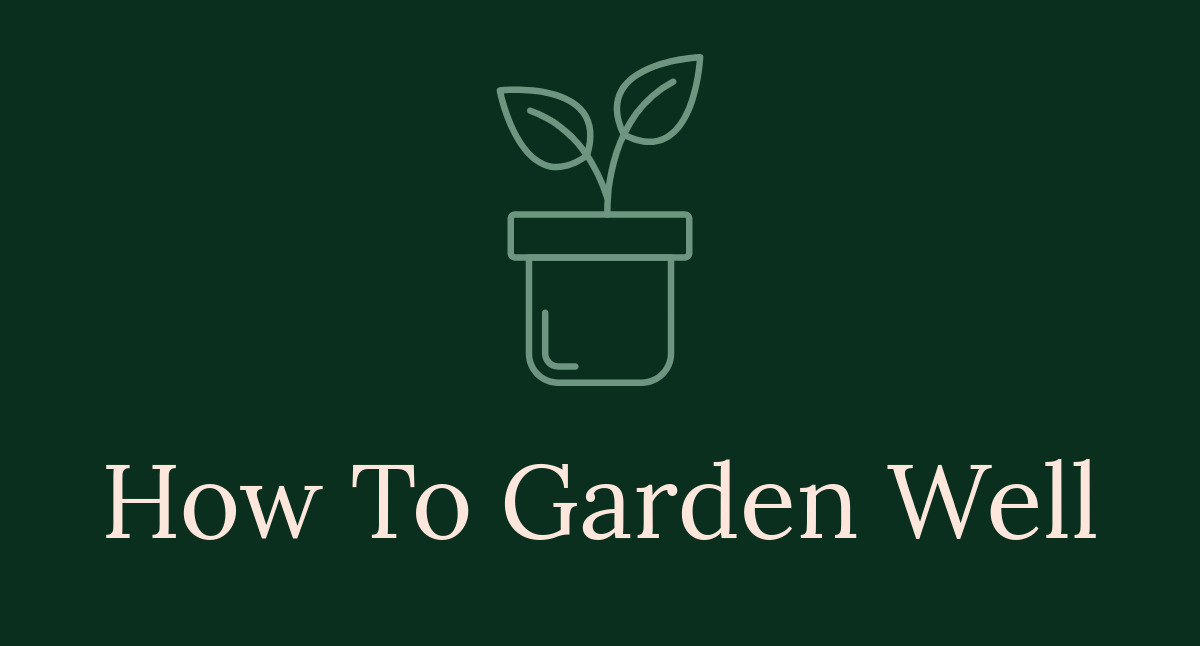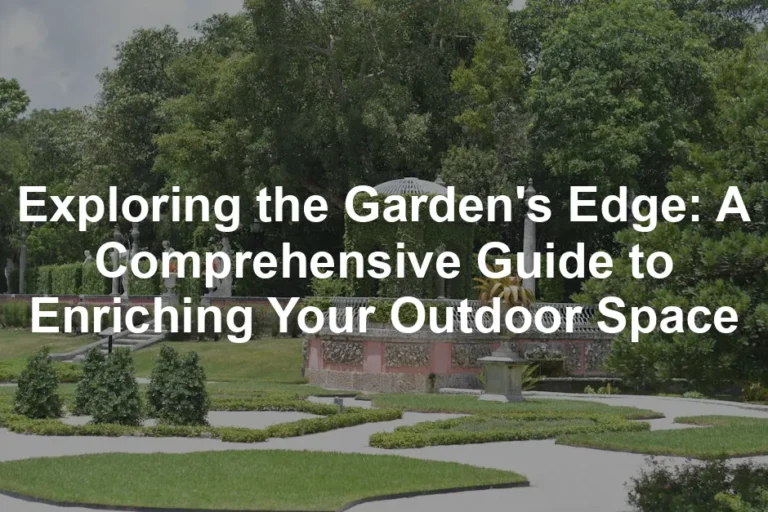
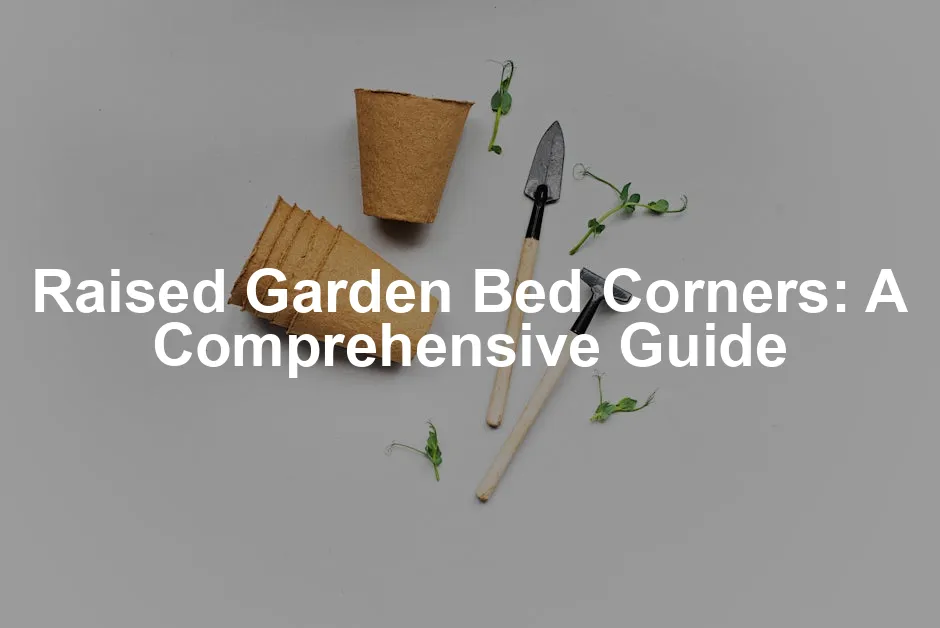
Raised Garden Bed Corners: A Comprehensive Guide
Introduction
Raised garden beds are a favorite among gardeners. They provide excellent drainage and soil control. Plus, they reduce back strain while gardening. Sturdy corners are crucial for these beds. They ensure stability and longevity. In this guide, we’ll look at various corner brackets and materials. Let’s get started!
Summary and Overview
Raised garden bed corners are essential for construction. They connect the sides, providing support and shape. Using corner brackets has many benefits. They offer greater stability compared to traditional methods. For a reliable option, consider metal corner brackets which are durable and rust-resistant.
Different materials and designs are available for corner brackets. You can choose based on your garden’s style and needs. Installation is straightforward, allowing for quick setup. Customization options make it easy to match your garden’s aesthetic. If you’re looking to add some fun to your garden, consider plastic corner brackets that come in various colors!
In the following sections, we’ll dive deeper into choosing the right corner brackets and materials. You’ll find all the information you need to create a sturdy raised garden bed.
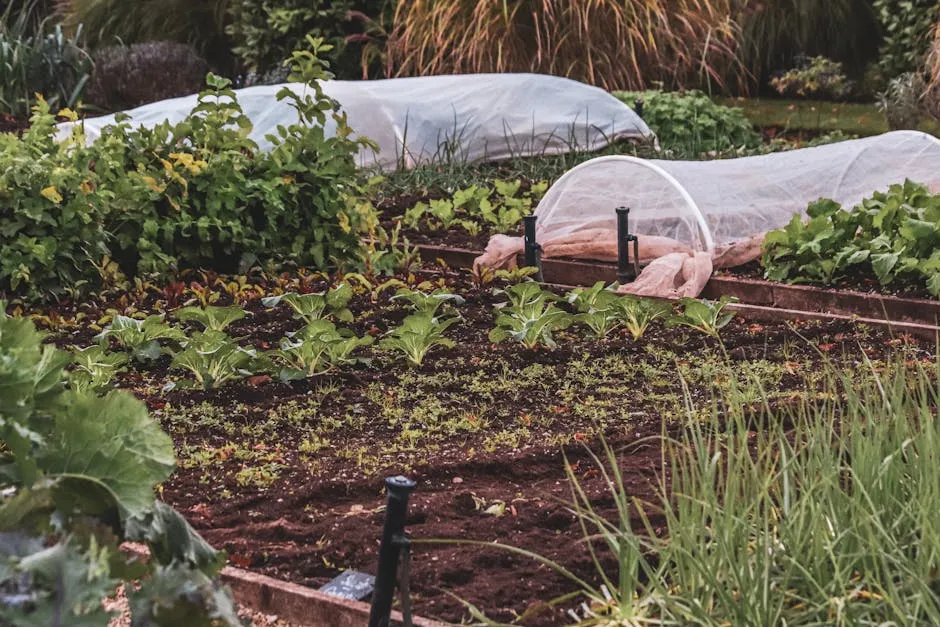
Choosing the Right Corner Brackets
Types of Corner Brackets
When selecting corner brackets, consider the type. Metal, plastic, and wood brackets each have their benefits. Metal brackets are durable and rust-resistant. They provide a sleek look for modern gardens. Plastic brackets are lightweight and often more affordable. They can be colorful, adding a fun touch to your garden. If you’re feeling crafty, check out some wooden corner brackets that blend beautifully with your garden!
Wood brackets offer a natural aesthetic. They blend seamlessly with wooden beds but may not last as long as metal. Each type has its pros and cons. Think about your garden’s style and the look you want to achieve.

Materials Used in Corner Brackets
Corner brackets come in various materials. Aluminum is lightweight and rust-resistant. It’s perfect for outdoor conditions. Steel is robust and offers excellent support for heavy beds. However, it can rust if not treated properly. For those who want to make a wise investment, consider using a power drill for easy installation!
Plastic is a popular choice for beginners. It’s easy to handle and resistant to moisture. Yet, it may not offer the same longevity as metals. Each material has its strengths and weaknesses. Consider your gardening environment when making a choice.
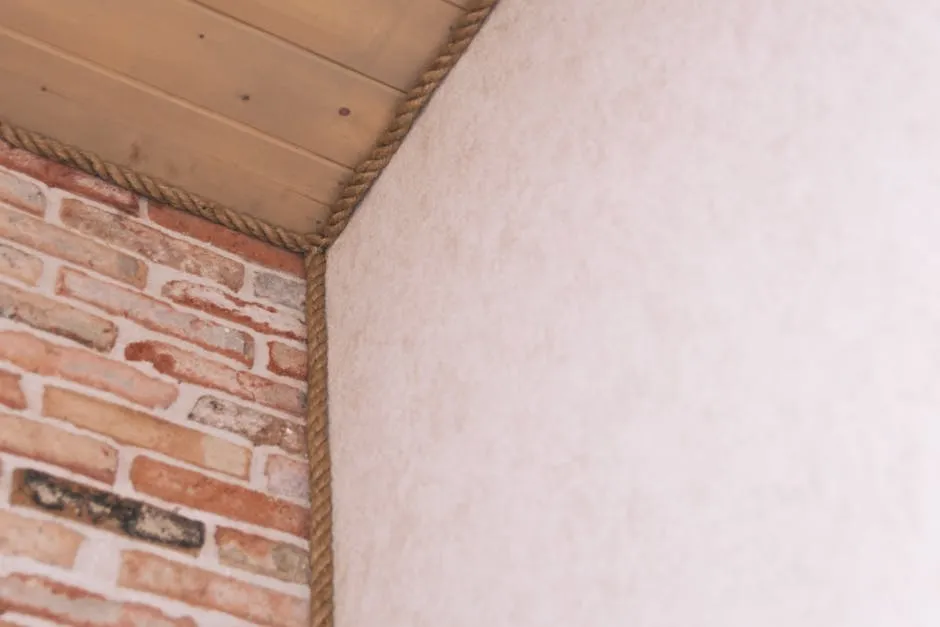
Installation and Assembly
Tools Required for Installation
To assemble your raised garden bed corners, you will need a few essential tools. A power drill or screwdriver is crucial for securing brackets. A measuring tape ensures accurate placement of your corners. A level helps maintain alignment for a sturdy structure. Lastly, a saw may be needed if you plan to cut lumber to size. You might also want to invest in a screwdriver set for a variety of tasks!
For efficient installation, lay out all your materials first. Organize your tools nearby to streamline the process. Pre-drill holes in your wood to prevent splitting. This simple step can save you time and headaches!
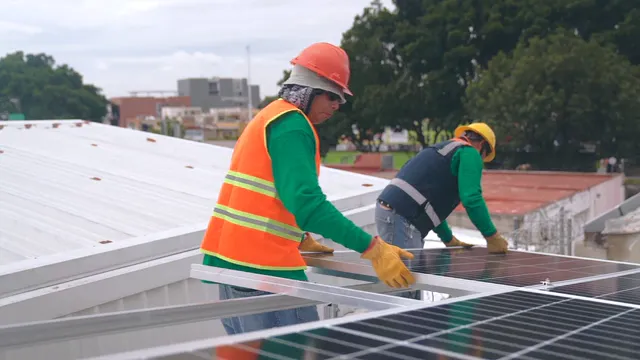
Step-by-Step Installation Guide
Installing corner brackets for your raised garden bed is a straightforward process. Here’s a step-by-step guide to help you through:
- Prepare Your Materials: Gather your corner brackets, screws, and lumber. Ensure your wood is cut to the desired lengths.
- Position the Brackets: Start by placing a bracket at each corner of your raised bed. Ensure that the bracket is flush against the wood.
- Secure the Brackets: Use your power drill to attach the brackets to the wood. Make sure to use the screws provided with the brackets. Tighten them until secure, but don’t overtighten.
- Check Alignment: After securing the brackets, check that everything is aligned properly. Use a level to ensure your frame is even. Adjust as necessary.
- Repeat for All Corners: Continue the process for each corner until your frame is complete.
- Final Adjustments: Once all brackets are installed, take a step back. Ensure everything looks straight and stable.
- Add Soil: With your corners secure, you can start adding soil and planting your favorite seeds or plants.

For added stability, consider using additional brackets along longer sides or adding stakes if your bed will be particularly tall. This will help prevent any wobbling as your plants grow. And don’t forget to wear garden gloves for protection!
Customizing Your Raised Garden Bed Corners
Height and Size Options
When selecting corner brackets, height and size options vary widely. Many manufacturers offer brackets ranging from 6 to 35 inches tall. The height you choose will depend on the plants you’re growing and the aesthetic you prefer.
For deep-rooted plants, taller brackets are beneficial. Shallower beds suit shorter brackets. Measure your available space and consider what types of plants you want to grow. This will guide your size selection and ensure your garden design is practical. If you’re planting a variety of seeds, try a planting seeds variety pack to maximize your garden’s potential!
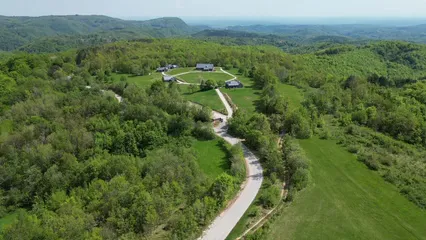
Aesthetic Considerations
Aesthetic choices can greatly enhance your garden’s appeal. Consider different materials like wood, metal, or plastic for your corner brackets. Each offers a unique look.
Wood brackets blend beautifully with traditional gardens. Metal brackets provide a modern touch and are often available in various colors. Plastic options can be colorful, adding a playful element. Think about how the materials and colors will complement your overall garden design.
Incorporating decorative elements like painted brackets or unique finishes can also elevate your garden’s visual appeal. Choose designs that reflect your style and make your garden truly yours. If you’re looking for some unique accents, consider adding garden decor statues to your setup!
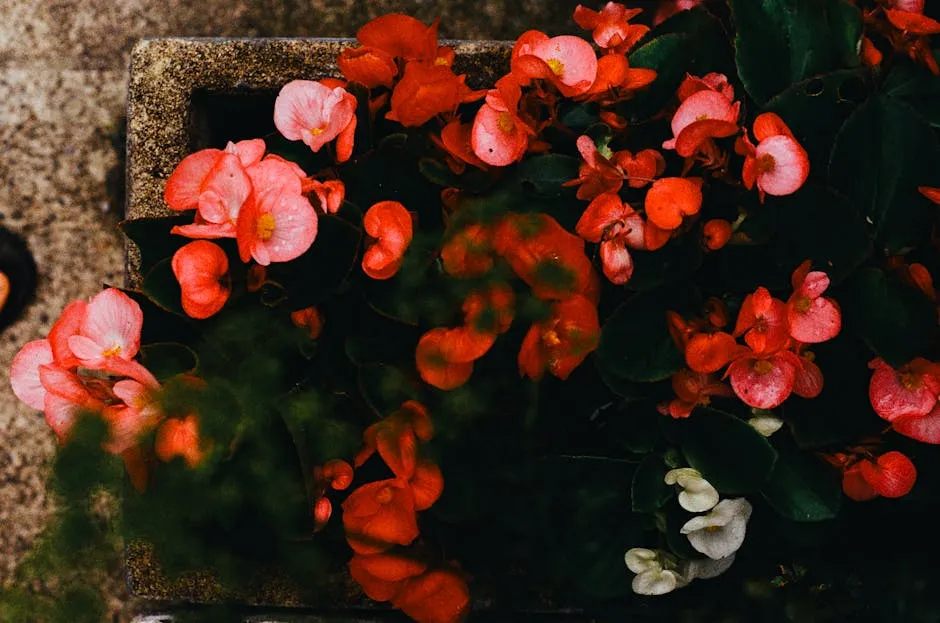
Benefits of Using Corner Brackets
Enhanced Stability
Using corner brackets in raised garden beds significantly boosts their sturdiness. These brackets connect the corners, preventing any wobbling or shifting. Without them, the failure rates of garden beds can increase dramatically. Studies show that unbraced beds can collapse under the weight of soil and plants, leading to costly repairs. In fact, approximately 30% of raised beds without brackets experience structural failure within the first year. With corner brackets, you enhance your garden’s durability and longevity. They provide a solid foundation, allowing you to focus on growing healthy plants rather than worrying about your bed’s integrity.
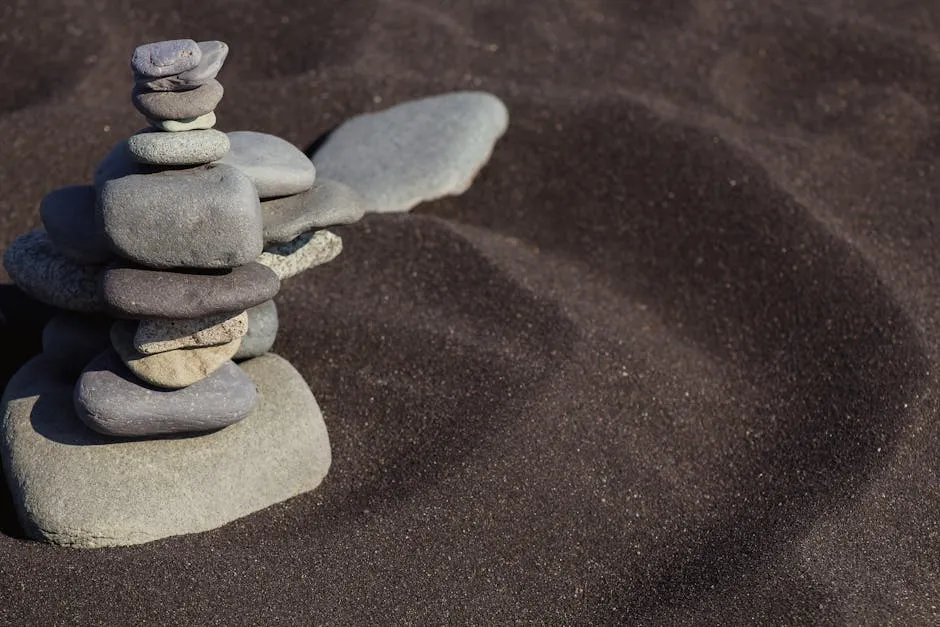
Improved Soil Retention
Raised garden beds excel at soil management, and strong corners play a vital role. They help maintain soil structure, ensuring good drainage and aeration. When corners are properly supported, soil is less likely to spill out or compact too tightly. This means healthier plants with robust root systems. Brackets also prevent erosion, allowing you to keep your soil where it belongs—inside the bed! Plus, you can easily add compost or amendments without worrying about losing material. Ultimately, corner brackets contribute to a more productive and sustainable gardening environment. If you’re looking to enrich your soil, consider using organic compost for optimal results!
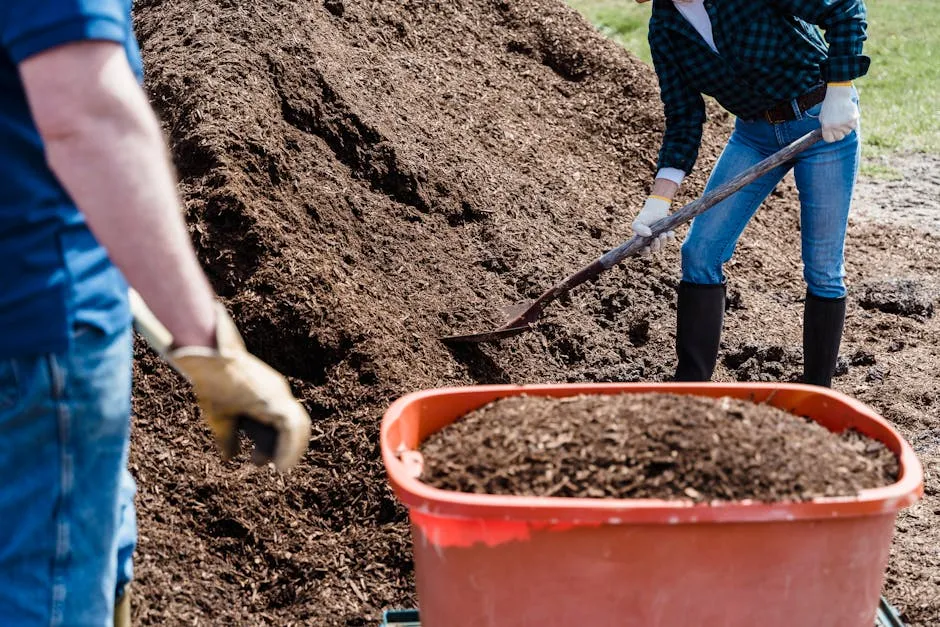
Maintenance and Longevity
Care Tips for Corner Brackets
Taking care of your corner brackets ensures they last longer. For metal brackets, check for rust regularly. Applying a protective coating can extend their lifespan. Plastic brackets may need occasional cleaning to prevent dirt buildup. Wooden brackets should be inspected for signs of rot or damage. Regular checks can save you from major repairs later. Make it a habit to tighten screws and connections once a season. This simple maintenance keeps your raised beds secure and stable, allowing your garden to thrive. A garden journal can help you keep track of your maintenance schedule!
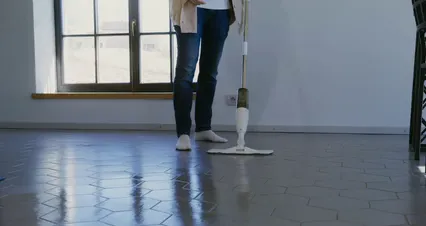
Signs of Wear and When to Replace
Recognizing when to replace corner brackets is crucial for maintaining your garden beds. Look for signs of bending, rust, or cracks. If you notice instability in your raised bed, it may indicate bracket failure. Metal brackets typically last several years, while plastic ones may wear out faster. Wooden brackets can last longer with proper care but may require replacement every few years. If you observe any of these signs, it’s time to replace them to ensure your garden remains sturdy and functional. Keeping an eye on these details makes a big difference in your gardening success.
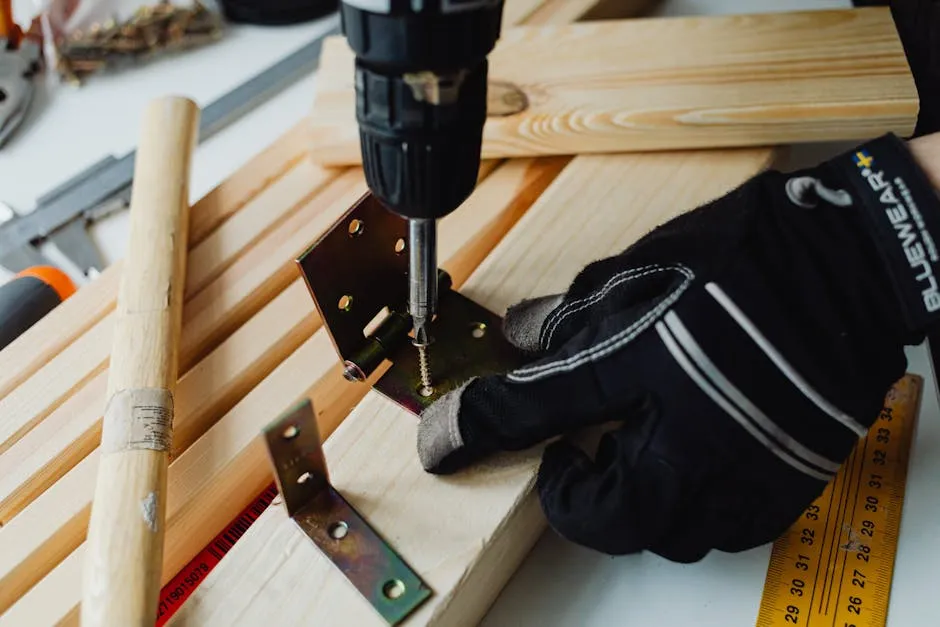
Conclusion
In this guide, we learned about raised garden bed corners and their importance. Sturdy corners support the structure and stability of your garden beds. Choosing the right corner brackets plays a significant role in ensuring your raised garden beds last. Don’t forget to also consider a garden trellis to support your climbing plants!
Consider your gardening needs when selecting materials. Different materials offer unique benefits, so think about what suits your garden style. Whether you prefer metal, plastic, or wood, each choice has its advantages. Tailor your selections to create a beautiful and functional space for your plants. Happy gardening!
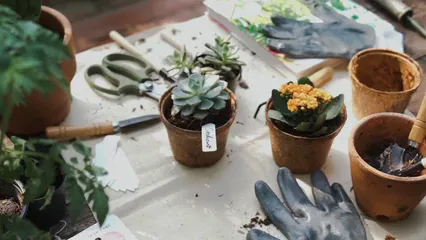
FAQs
What are the best materials for raised garden bed corners?
Popular materials include metal, plastic, and wood. Metal brackets are durable and rust-resistant. They provide a sleek look but can be more expensive. Plastic brackets are lightweight and affordable, but may not last as long. Wooden brackets blend well with natural aesthetics but require regular maintenance. Evaluate your needs before deciding.
How do I install raised garden bed corners?
To install corner brackets, first gather your materials. Position the brackets at each corner of your raised bed. Use a power drill to secure them with screws. Check alignment with a level to ensure stability. Repeat for all corners, then add soil and plants. It’s straightforward and quick!
Can I use recycled materials for corner brackets?
Yes, recycled materials can be a viable option. Old wood or metal can be repurposed for corner brackets. Just ensure they are sturdy and free from rot or rust. This eco-friendly choice can save money while contributing to sustainability.
How do raised garden bed corners improve stability?
Corner brackets enhance stability by connecting the corners securely. They prevent wobbling and shifting, ensuring your garden beds hold their shape. Without brackets, raised beds may collapse, especially under the weight of soil and plants. Using brackets significantly reduces these risks.
What is the average lifespan of corner brackets?
Lifespan varies by material. Metal brackets can last several years if properly maintained. Plastic brackets may wear out faster, typically lasting 3-5 years. Wooden brackets, depending on care, might require replacement every few years. Regular inspections help extend their life.
Please let us know what you think about our content by leaving a comment down below!
Thank you for reading till here 🙂
For more information on creating sturdy raised garden beds, check out this article on solutions for building affordable raised garden beds with repurposed items.
All images from Pexels
